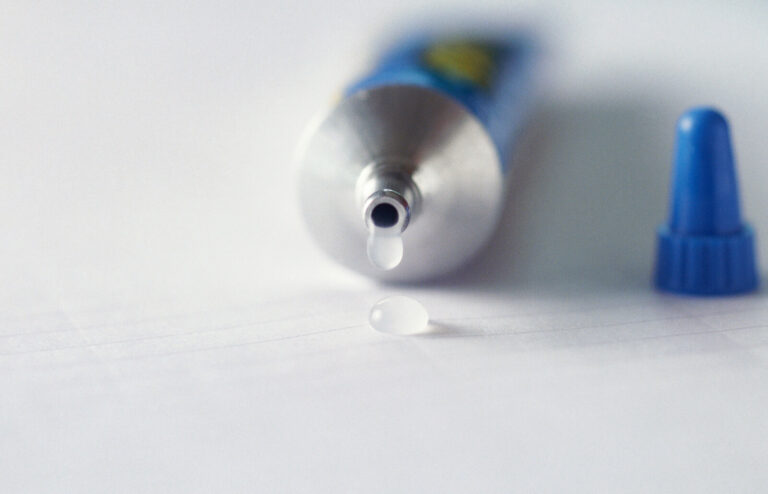Super glue, a staple in toolboxes and craft drawers around the world, is renowned for its quick bonding capabilities. But even the fastest tools can be optimized. Whether you’re in a rush to fix a broken vase or you’re mid-project with a model airplane, knowing how to make super glue work faster and more effectively can save you time and frustration.
This article dives deep into techniques and tweaks to enhance the performance of super glue, ensuring that your repairs are swift and strong.
Proper Surface Preparation
The first step in ensuring that super glue works effectively is to prepare your surfaces correctly. Cleanliness is crucial; even a tiny bit of dust, oil, or moisture can affect how well the glue adheres.
Start by wiping down both surfaces with a clean cloth. For optimal results, use an alcohol wipe to remove any grease or oil, which can create a barrier between the gel and the material. Dry the area thoroughly before applying the gel, as super gel reacts with moisture to cure, and too much moisture can dilute its effectiveness.
Optimal Application
When it comes to applying super gel, less is often more. Applying too much gel can actually slow down the curing process because the excess gel takes longer to react with the moisture in the air.
Try to apply a small amount and spread it thinly over one surface. This thin layer will cure faster than a thicker application, creating a stronger bond more quickly. If you’re working with a particularly porous material, consider applying a thin layer to both surfaces before joining them.
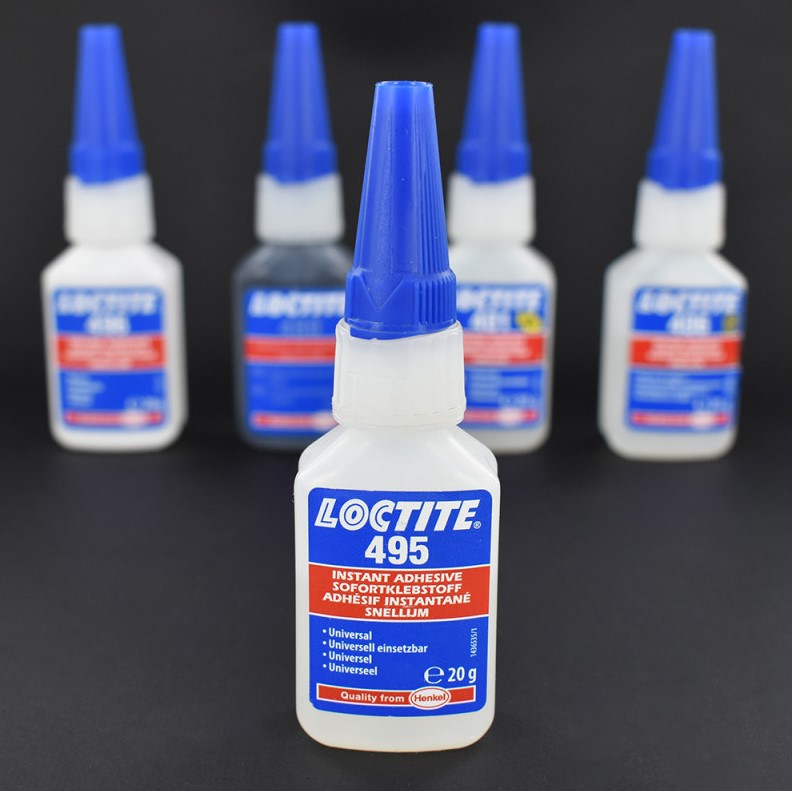
Increasing Humidity
Since super glue reacts with moisture to cure, working in a humid environment can speed up this process. If you’re in a particularly dry environment or if you need the gel to cure faster, you can increase the local humidity.
One simple method is to use a humidifier in the room where you are working. Alternatively, you can gently breathe on the glue right after application to provide a burst of moisture directly to the bonding area, which can accelerate the curing time.
Using Accelerators
For those looking for an immediate fix, consider using a super gel accelerator. These commercially available products are specifically designed to speed up the curing process of cyanoacrylate glues.
Simply spray or apply the accelerator to one surface, apply the glue to the other, and press them together. The reaction happens almost instantaneously, reducing clamp time to mere seconds. This is particularly useful in professional settings where time is of the essence.
Controlling Temperature
Temperature plays a significant role in how quickly super gel cures. Warmer temperatures tend to speed up the chemical reaction that causes the glue to set. If you’re working in a cold environment, try gently warming the surfaces to be bonded with a hair dryer before applying the glue.
Be cautious not to overheat the surfaces, especially if you’re working with sensitive materials like thin plastics, which might warp or melt.
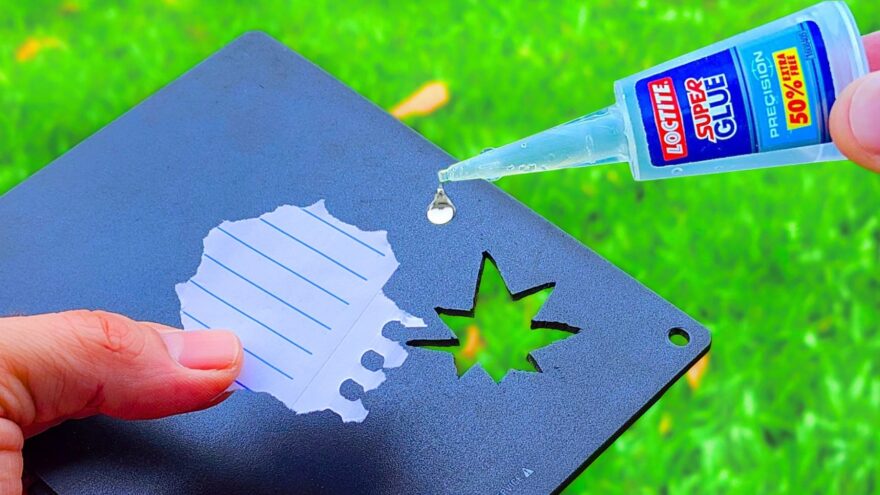
Clamping for Success
While super glue dries quickly, applying a small amount of pressure can ensure a stronger bond. Using a clamp or simply holding the pieces firmly together for a few minutes can help. This is particularly important for repairs that might be subjected to stress, like handles or functional parts of tools.
Clamping ensures that the glue fills any microscopic gaps between the surfaces, which enhances the strength of the final bond.
Post-Application Treatment
After the super glue has cured, it’s important to treat the area carefully to maximize the strength of the bond. Avoid stressing the joint for at least 24 hours if possible. Although super glue dries quickly, achieving maximum bond strength can take longer. Handling the repair gently during this period can prevent the bond from snapping under premature pressure.
The Role of Adhesive Clean-Up
After ensuring that super gel works quickly and effectively, it’s also crucial to address any spills or excess immediately. Cyanoacrylate, the active ingredient in super glue, can bond to unwanted areas if not cleaned up quickly.
Using acetone or nail polish remover that contains acetone can help dissolve the glue from surfaces where it’s not wanted. Apply a small amount of acetone to a cotton swab or cloth and gently rub the affected area.
This method works particularly well on non-porous surfaces like metal, glass, or hard plastics. Remember, however, that acetone can damage certain materials like painted surfaces and some plastics, so it’s important to test it on a small, inconspicuous area first.
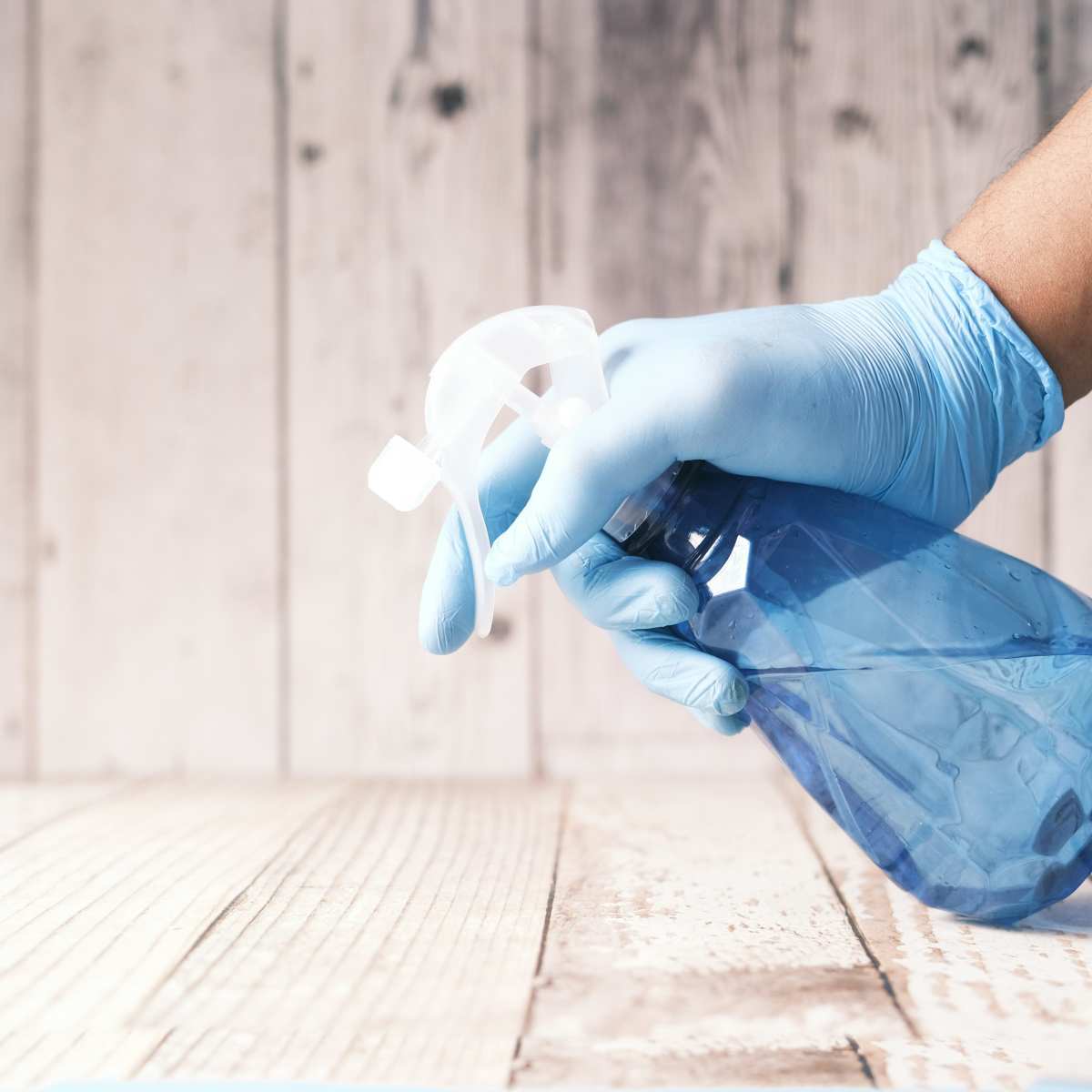
Monitoring the Shelf Life
Super glue’s effectiveness can diminish over time as the adhesive ages, especially once a bottle is opened. Exposure to air can cause the glue inside the container to thicken and cure, making it less effective.
To ensure that your super gel remains ready to perform optimally, store it in a cool, dry place and tightly seal the cap after each use. If the glue has become thick or stringy, it’s a sign that it might not work as effectively. Keeping an eye on the consistency of your glue and replacing it when necessary can prevent frustrating repair failures.
Advanced Techniques ─ Layering and Priming
For those looking to optimize super glue for more complex or critical applications, consider the techniques of layering and priming. Priming the surface involves preparing it with a substance that enhances the glue’s adhesion. Specialized primers can be applied before the glue to provide a better bonding surface, especially for difficult-to-bond materials like polyethylene or silicone.
Layering involves applying thin layers of gel, allowing each layer to cure fully before adding the next. This technique can build a stronger bond than a single thick layer, as it ensures complete curing throughout the material. It’s especially useful in creating a durable bond in high-stress areas or where the bond will be subject to constant pressure or movement.
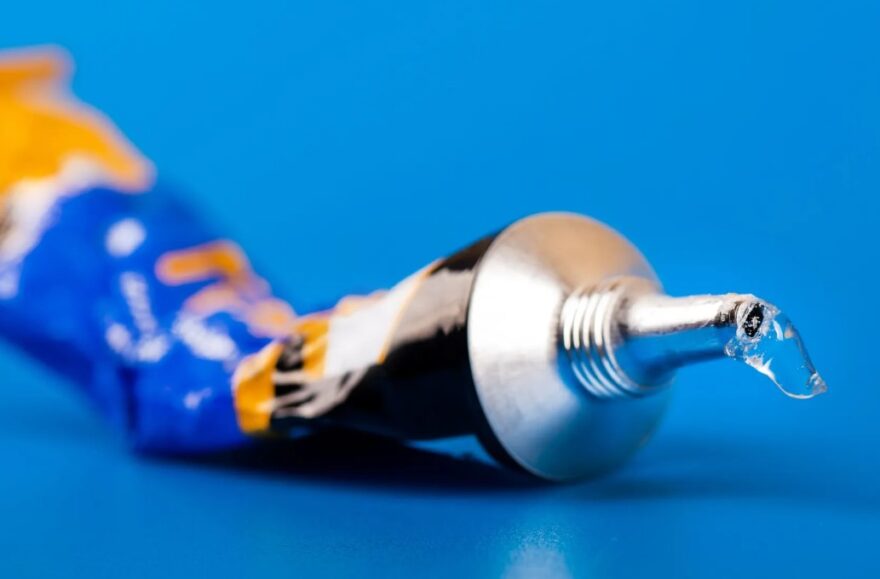
Troubleshooting Common Issues
Even with careful application and optimization techniques, issues can still arise with super gel. If you find that the glue isn’t curing properly or quickly, consider whether you’re using the right type of super glue for the material.
Some formulas are specifically designed for porous materials like wood, while others are intended for smooth surfaces like glass. Ensuring you’re using the appropriate gel for the job can dramatically affect the effectiveness of the adhesive.
If you’re experiencing weak bonds, assess the clamping pressure and curing time. Increasing clamping pressure or allowing more time for the glue to cure fully before stressing the joint can often resolve these issues. Additionally, make sure that the surfaces are perfectly aligned and pressed together without gaps; even minor misalignments can weaken the overall strength of the bond.
Related Posts:
- 20 Best Gaming Headset Under 50$ 2024 - for PC, PS4,…
- 12 Best Car Wax For Black Cars 2024 - Protection and…
- Top 10 Best Paint Sprayer For Cabinets 2024 -…
- 15 Best Shoes for Walking on Concrete 2024 - Soft &…
- Top 10 Best Modem For Gaming 2024 - For Optimum Gaming Speed
- Top 10 Best Outdoor Basketball Shoes 2024 - Durable…

